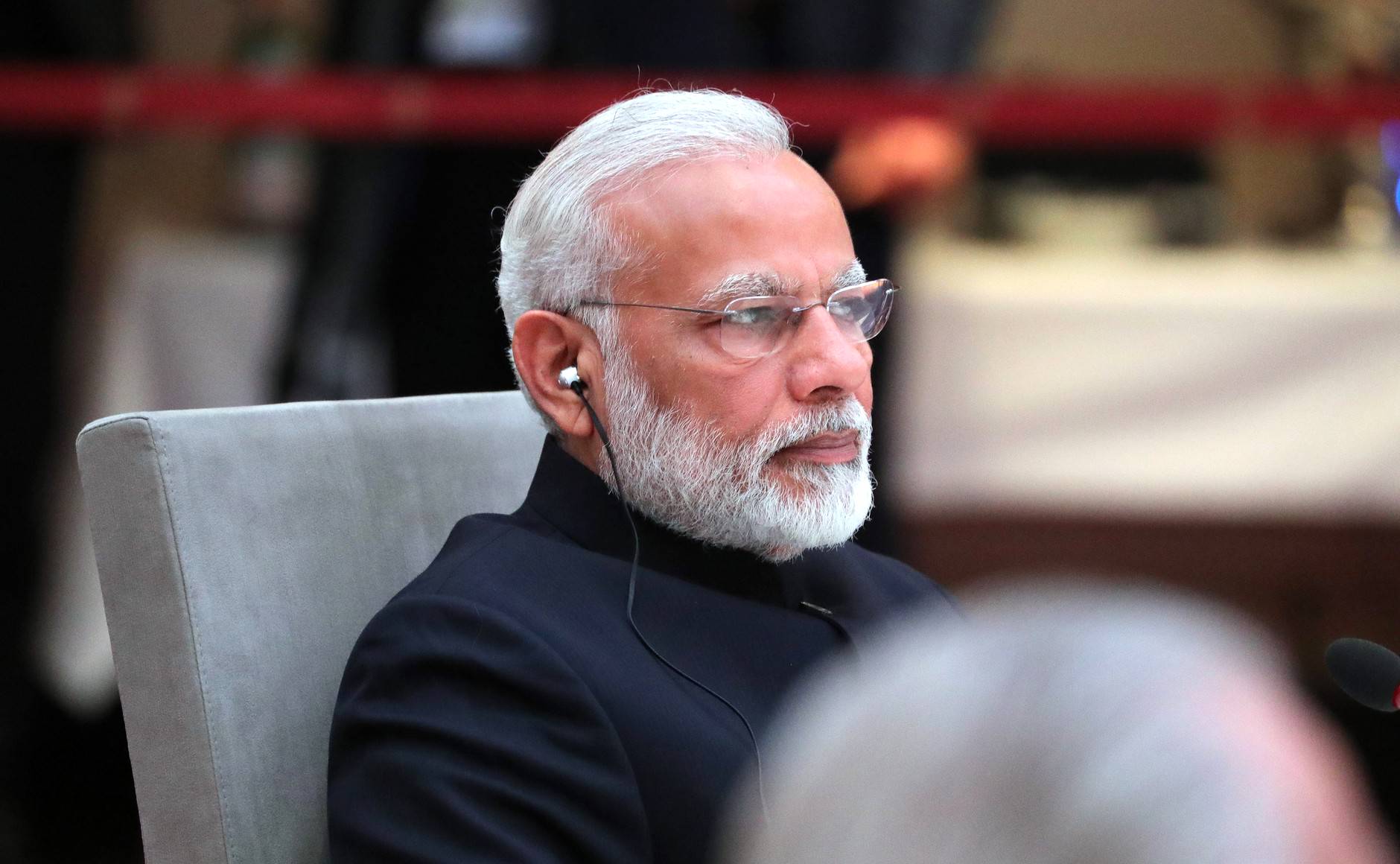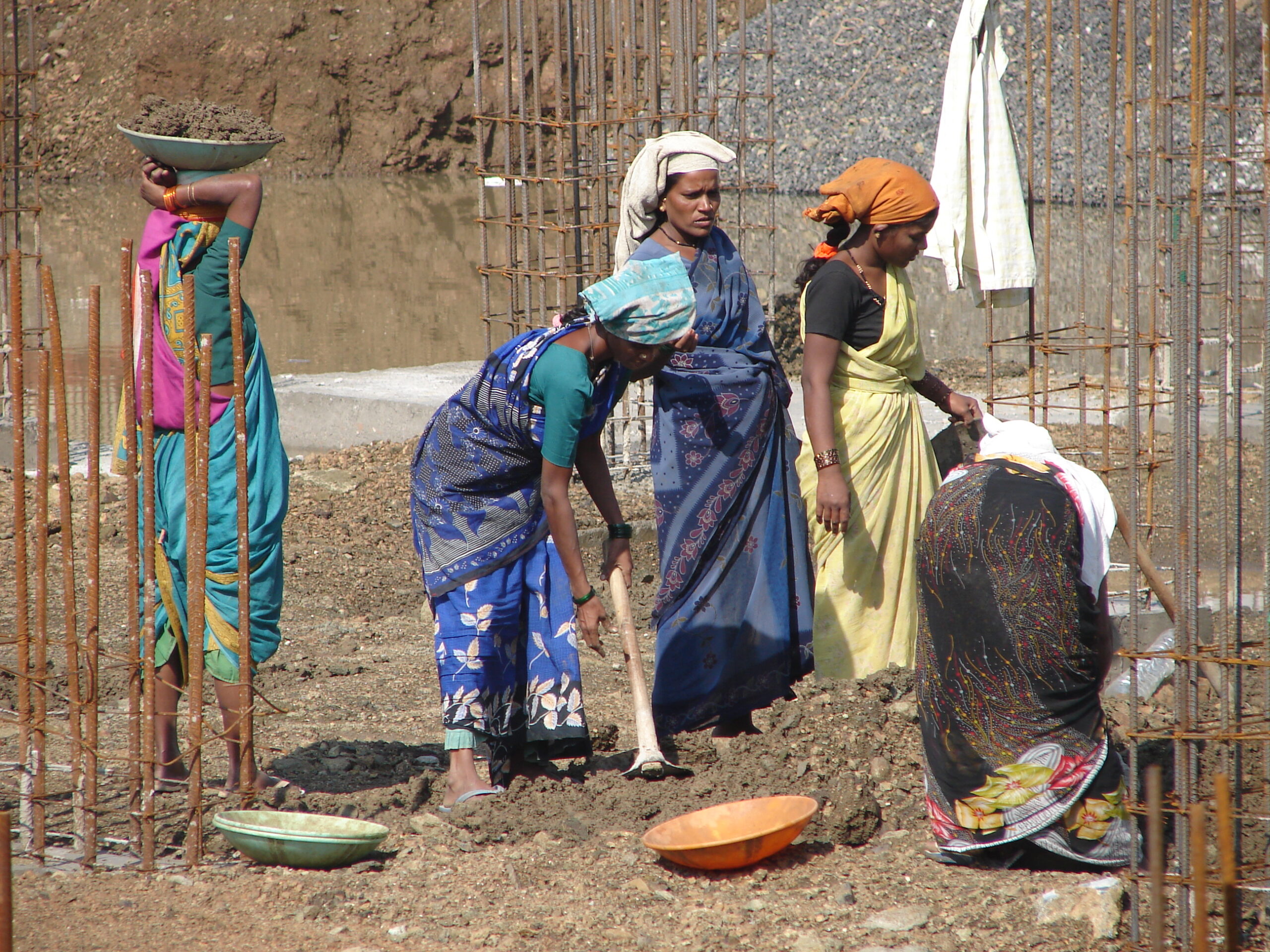Ashraf Engineer
September 3, 2020
Narendra Modi rode to power in 2014 claiming he would fix the economy – that wasn’t really broken in the first place – and unleash a wave of prosperity. He spoke often about providing jobs for the 12 million that join India’s workforce every year and powering India to a $5 trillion GDP by 2025.
Six years later, India’s economy is in shreds with the GDP logging its worst decline on record – an incredible 23.9% in the April-June quarter of 2020. It can’t all be blamed on the COVID-19 pandemic – India was doing badly long before it hit.

As Gujarat chief minister, Narendra Modi carefully cultivated a pro-growth image. His performance as prime minister, however, has been anything but convincing.
Understanding the carnage
In layman’s terms, the value of goods and services produced in India in April, May and June this year was 23.9% less than that of the same three months in 2019. A quarter of the GDP has been wiped out. Almost all major growth indicators — production of cement, consumption of steel — shrank significantly. Even the number of telephone subscribers reduced!
The worst hit were construction (–50%), trade, hotels and other services (–47%), manufacturing (–39%) and mining (–23%). These sectors create the maximum employment and, now that their output and incomes are falling, more people could lose jobs (decline in employment) or fail to get one (rise in unemployment).
Here’s an even greater worry: because of the lockdown, the data used to calculate the quantum of the contraction was sub-optimal. This means that the contraction may actually prove to have been worse when the numbers are revised.
None of the growth engines — consumption, private investment, etc — that made India one of the world’s fastest-growing economies are firing.
Government spending, always key during a recession, is up but Modi doesn’t have much elbow room. First, he announced a fiscal stimulus that was supposedly equal to 10% of the GDP. Later, experts pointed out that it included measures announced earlier and steps to be taken by other entities like banks. They said the stimulus was substantially smaller than what was claimed and it didn’t include steps that mattered – tax breaks and direct transfers of cash to the poor.
Then it emerged that government debt could rise to an unheard-of 91% of the GDP. That implies rising interest rates, putting credit out of reach of the employment-generating small businesses that desperately need it. It didn’t end there – that news was coupled with rising inflation, especially in food and fuel prices.
It’s an economic disaster presided over by Modi and an increasingly clueless Finance Minister Nirmala Sitharaman.
“While the start of the July-September quarter has likely benefited from a post-lockdown boost, those gains are already at risk of being lost amid the ongoing pandemic and New Delhi’s hesitance to open the fiscal taps,” Priyanka Kishore, head of India and Southeast Asia economics at Oxford Economics Ltd in Singapore, told Bloomberg Quint.

From construction to manufacturing and mining, all key sectors have taken several steps backward.
Disaster after disaster
Modi finds himself with a track record that’s the reverse of his carefully-cultivated pro-growth image. Demonetisation, ostensibly announced to destroy ‘black’ money, resulted in chaos, ruining thousands of farmers and small businessmen and claiming several lives. The much-awaited Goods and Services Tax was messed up by complexities and exemptions. It was meant to create a single national market, but instead it’s a compliance nightmare that has also led to Centre-state divisions that undermine India’s federal structure.
Comfortable election wins have not resulted in a freer market but trade protectionism. Modi has taken a leaf out of the Licence Raj by raising import duties on 3,600 goods while failing to enact labour and land reforms. This and more in the name ‘atmanirbharta’, or self-sufficiency.
So, where does India find itself today?
The contraction is the largest among Asian economies and is accompanied by a surge in coronavirus infections – bad news for any potential recovery. It was also much bigger than projected by an earlier Bloomberg survey of economists – 18%. India is now on track for its first full-year contraction in 40 years. Nomura Holdings estimated a 10.8% shrinkage through March 2021 (its earlier forecast was -6.1%) while Citigroup downgraded its forecast to -8% from -6%).
It doesn’t inspire much confidence either that the government is close to breaching its full-year fiscal deficit target or may have already breached it.
While Modi’s supporters have tried to blame India’s economic performance on the COVID-19 pandemic, the fact is that Asia’s third-largest economy had taken its foot off the gas pedal long before that. There was a worrying growth pullback, banks were reeling from a bad debt crisis and the non-banking finance sector was doing badly. Consumption was dropping and unemployment was already a worry.
You may wonder why, despite the comfortable political majority, the government hasn’t acted more decisively. What’s holding it back? Modi has no answers and the mismanagement leaves him limited room to act. But another stimulus, a real one this time, is desperately needed. Only, given the lack of options, it’s likely to be as uninspiring as the last one.
Economist Abhishek Gupta told Bloomberg Quint: “With new [COVID-19] cases still surging, we believe the longer the government delays an increase in fiscal spending, the deeper the scars will be.”
Amid all this, the nation was subjected to pictures of Modi reading newspapers and books under a tree, photographing ducks and feeding peacocks. That was followed by a radio broadcast that skirted the controversial holding of entrance exams to professional courses amid the pandemic, exposing students to significant risk of infection. Instead, it exhorted citizens to adopt Indian dog breeds instead of foreign ones.
For Modi, it’s easier to win an election using communal dog whistles and alliterative slogans than delivering when it matters.
Pictures courtesy: Wikimedia Commons, Needpix






